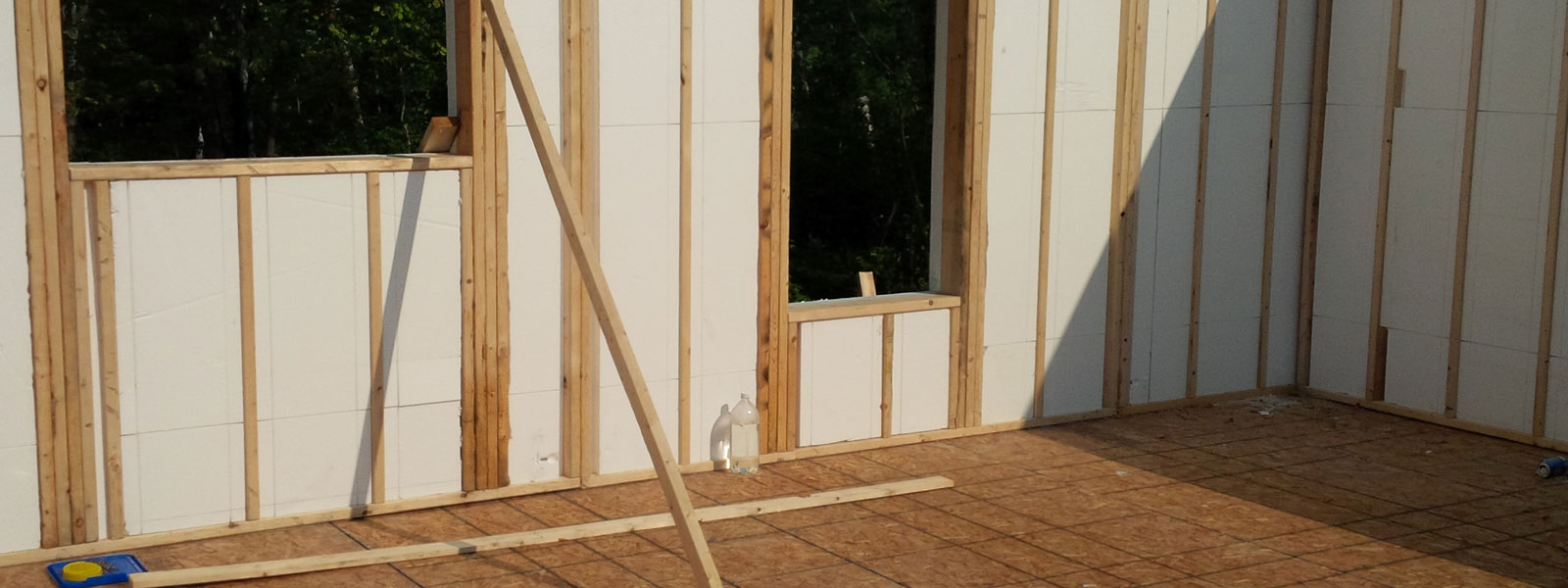

Compared to a typical stick-frame house, a house built of SIPs will require about half the energy to heat and cool throughout the year in most climates. SIPs are also extremely energy efficient. As a result, SIPs are twice as strong as a wood-framed house, which is a real advantage in locations that experience tornadoes or hurricane-force winds. (Keep reading for more specifics about these materials, and their environmental impacts.)Īltogether, the structure acts as a monolithic whole - as opposed to stick-frame construction using 2-by-4s, where hundreds of individual nailed connections hold the studs and skins together. The foam core serves as a spacer and insulator between the exterior skins.

The skins can be plywood, metal or other rigid sheet materials, but oriented strand board is used by the majority of SIP manufacturers. The foam core material is often expanded polystyrene - the same material used in ice chests and shipping “peanuts.” Some manufacturers use polyurethane or isocyanate foam cores. The exterior skins are attached to the foam core with a high-strength adhesive. Structural insulated panels are typically composed of rigid foam insulation sandwiched between two skins of oriented strand board - kind of like a s’more. construction industry will adopt SIPs as the system of choice. I predict that in the next 10 years, the U.S.

SIPs also help conserve forest resources, because they produce almost no waste.Īs worldwide timber quality and availability continue to decline and the costs of labor and energy increase, SIP construction should become more popular and cost-effective. In my opinion, they are superior to conventional framing systems in almost every way - SIPs are simply better insulated, stronger and faster to build with than standard stick-frame construction. Since then, I’ve designed several hundred residential and commercial projects using SIPs. Home Organization News, Blog, & ArticlesĪs an architect, I’ve been using structural insulated panels (SIPs) since 1992, when they were relatively new.Energy Efficiency News, Blog, & Articles.


 0 kommentar(er)
0 kommentar(er)
